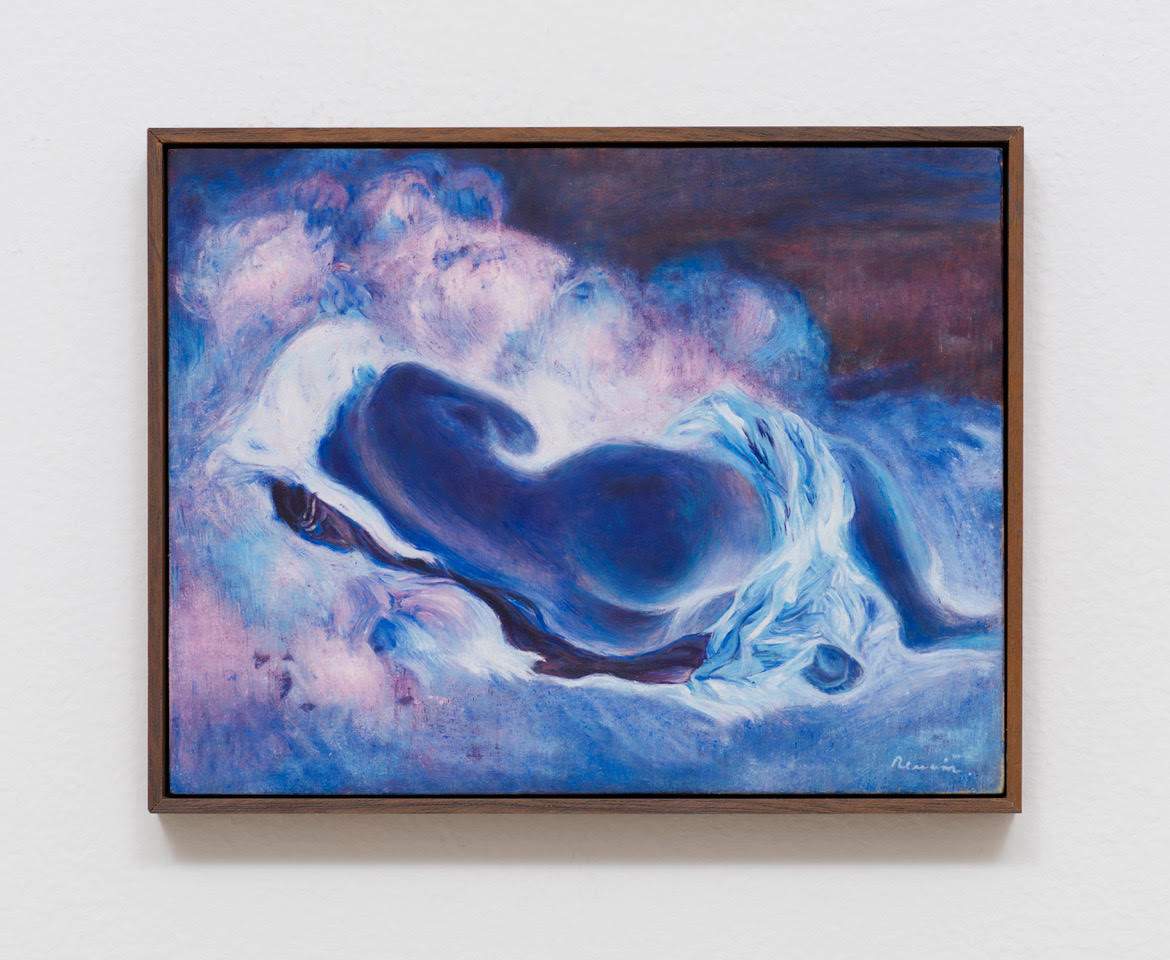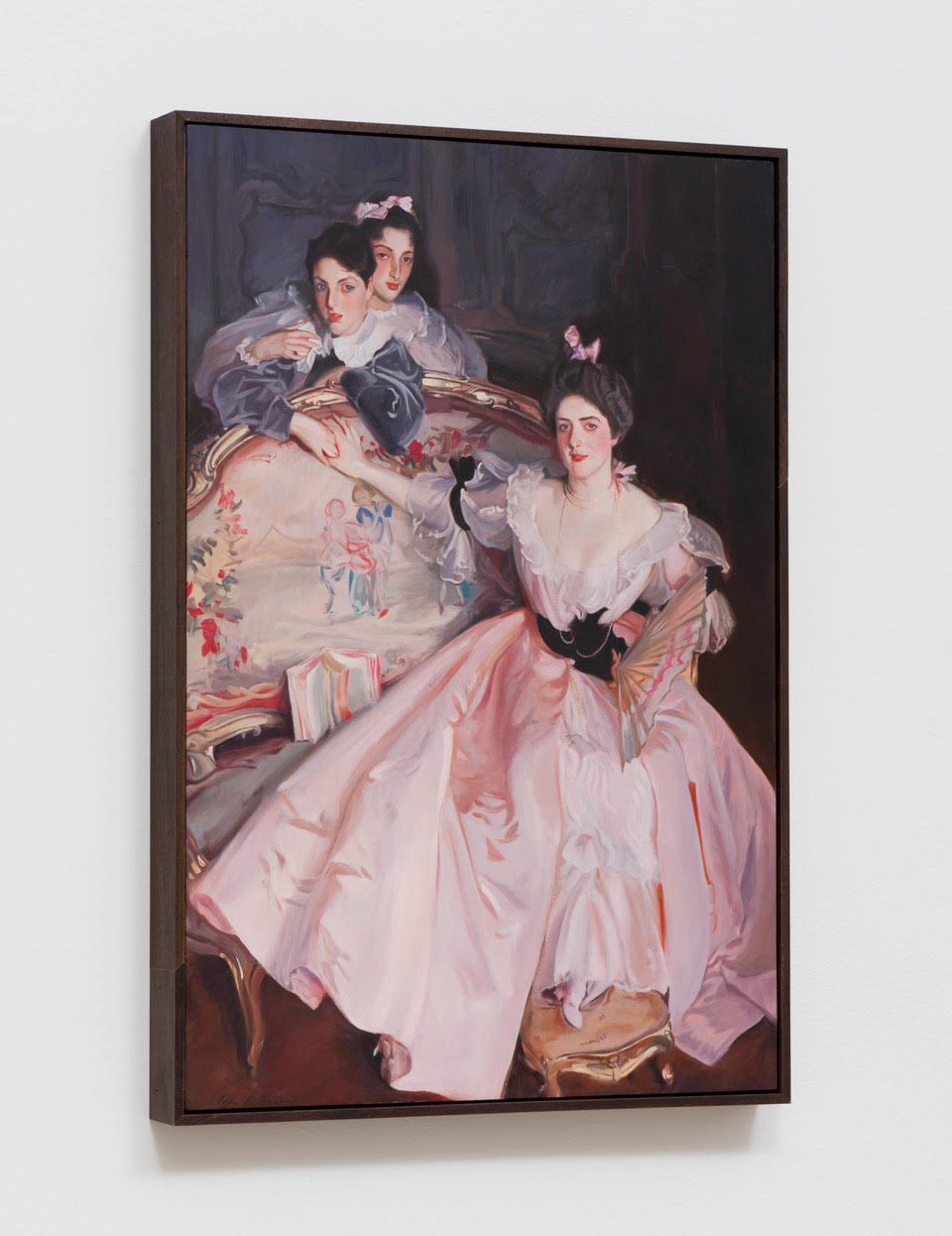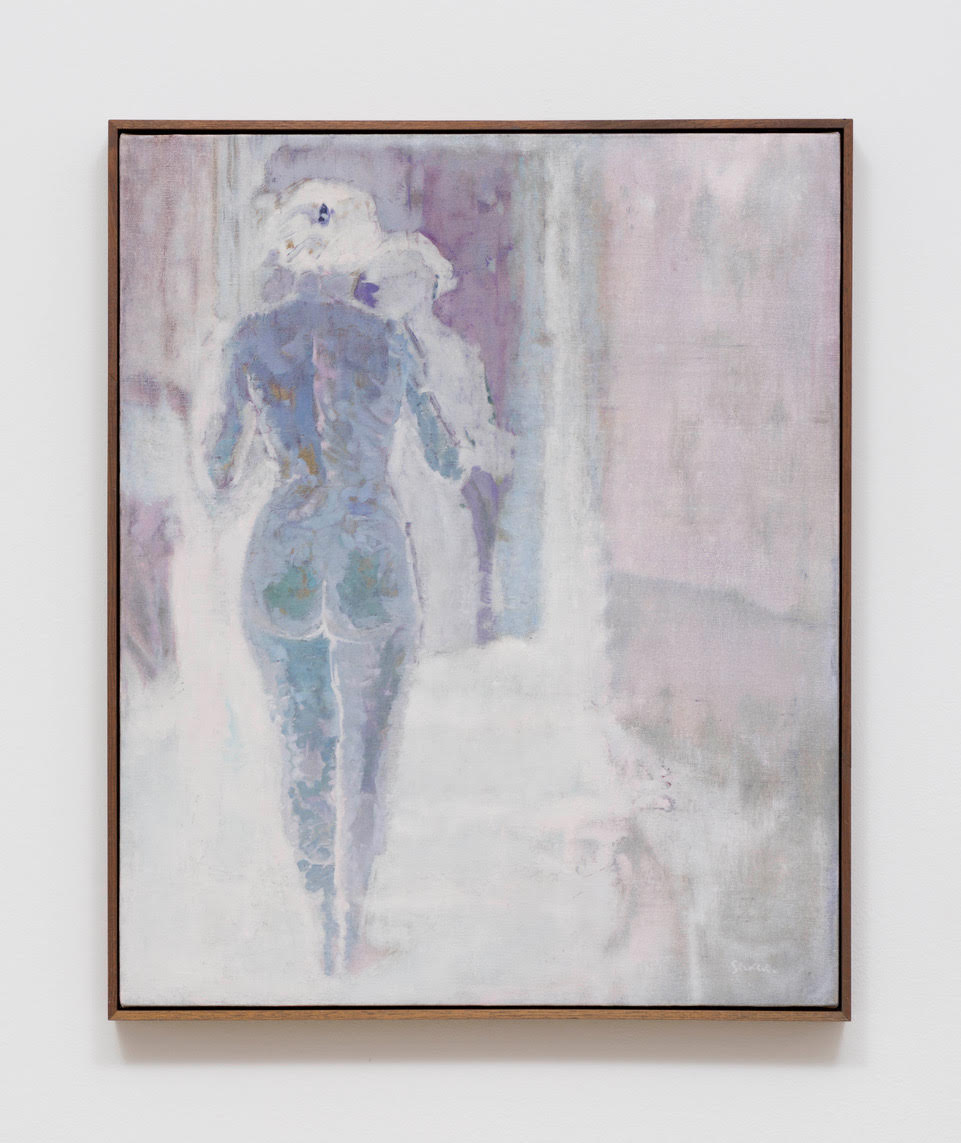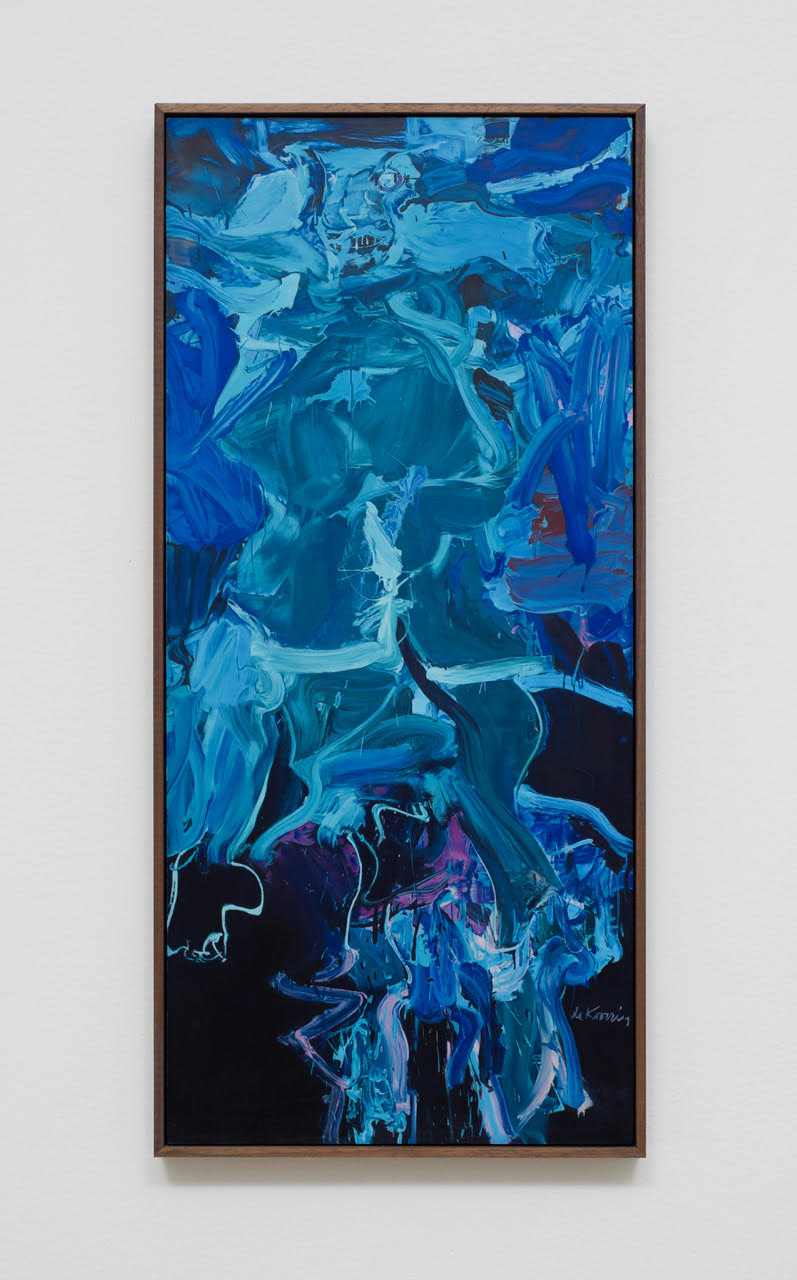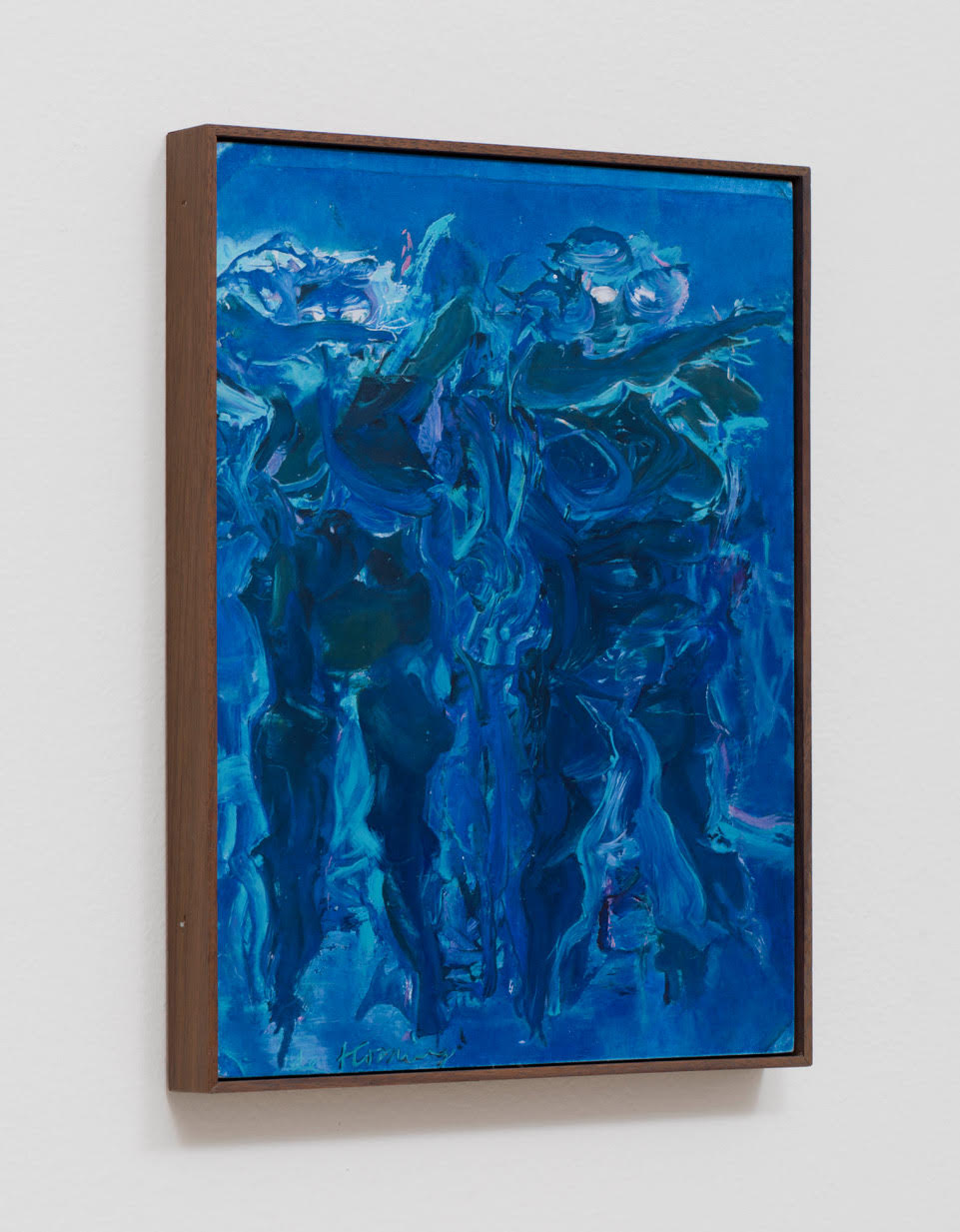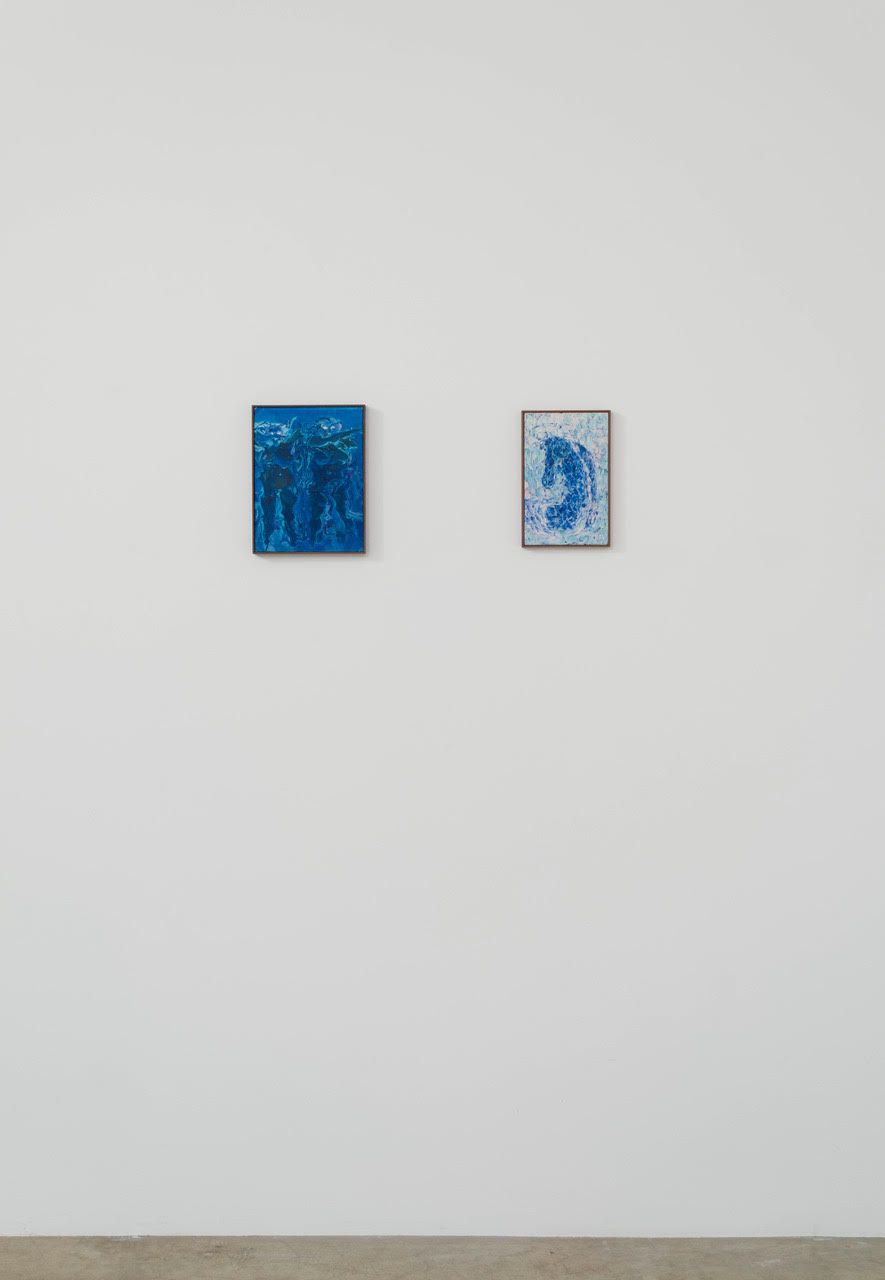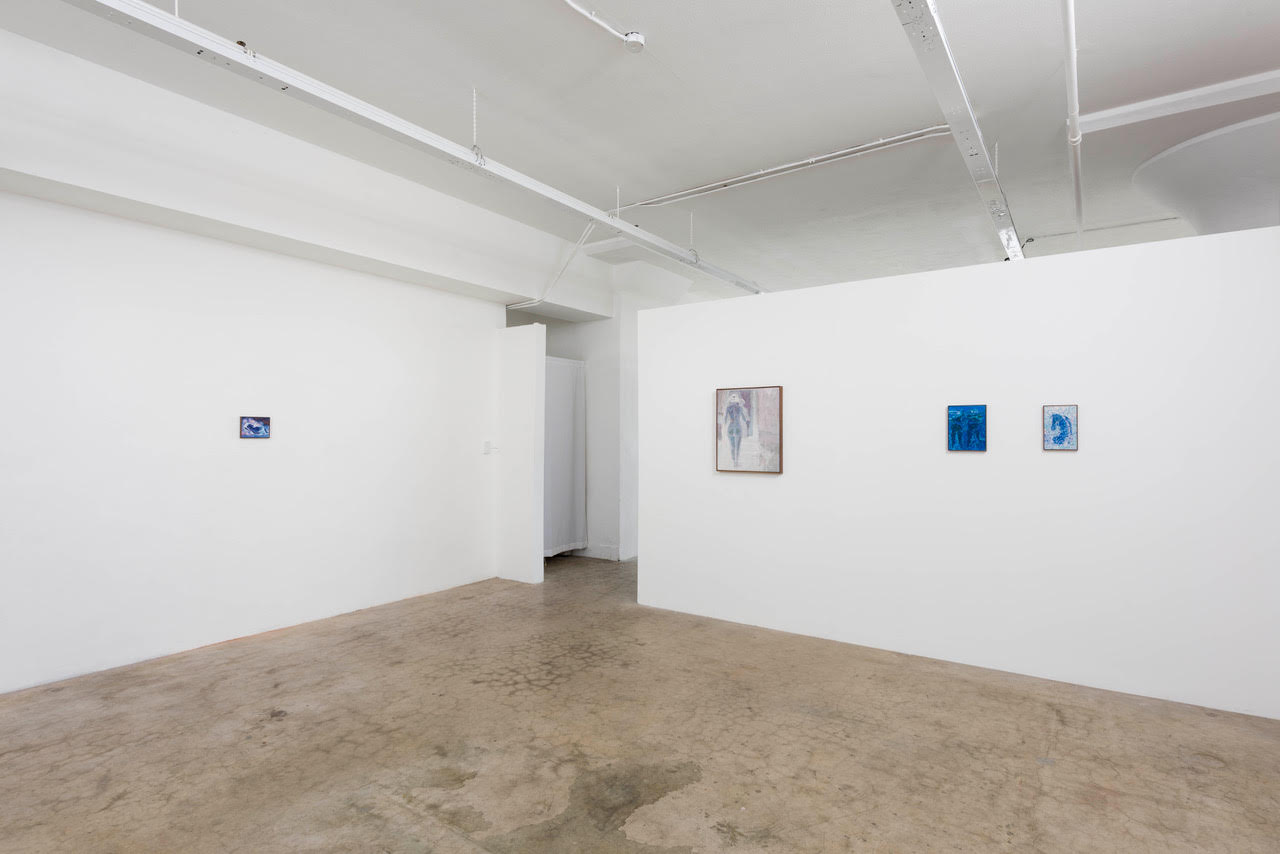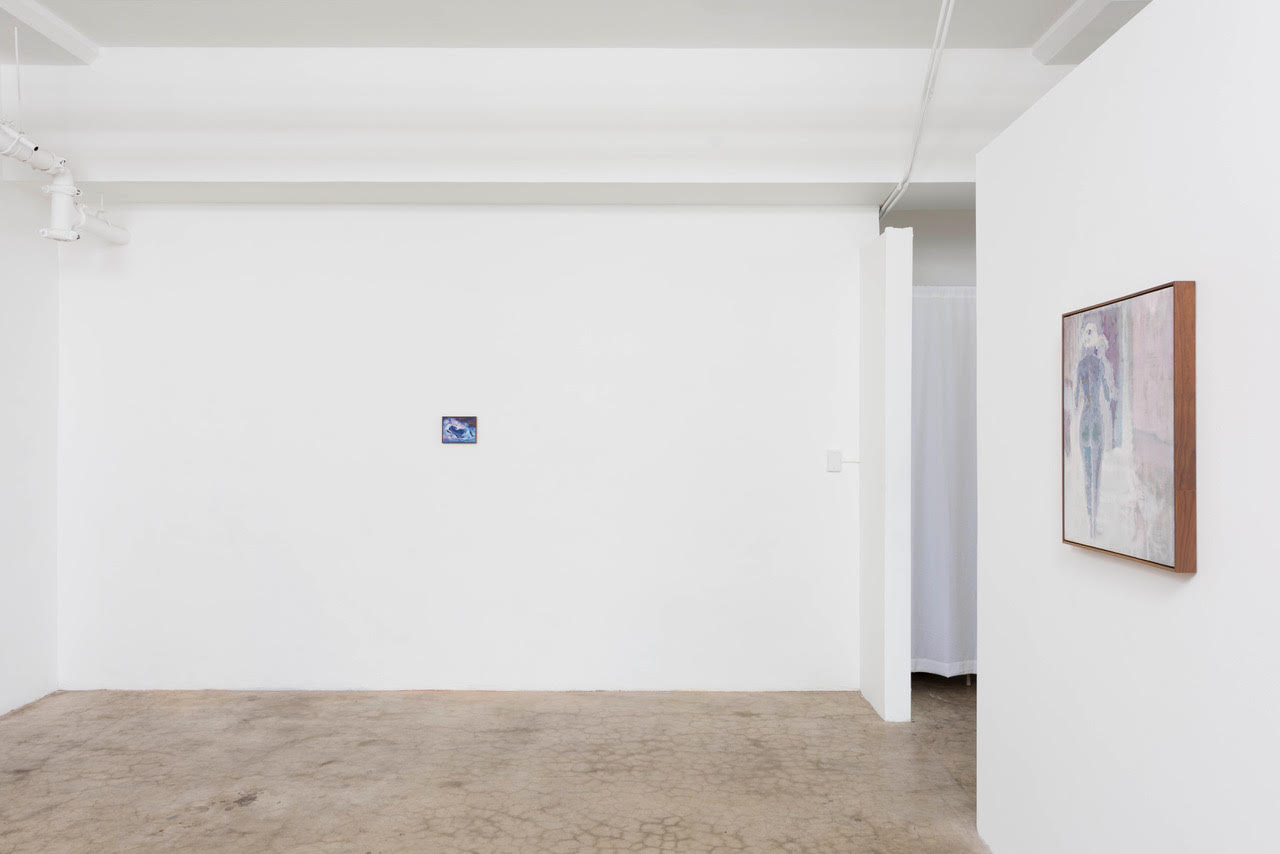Absence, the Landscape of Objects
Michael Thomas Hurley, Vladimir Goryachev
November 10th - December 7th, 2018
Absence, the Landscape of Objects, brings together two artists working in the rendering of objects with connotations of portraiture and the landscape. The work displayed suggests post-human scenarios with objects standing in for the people who use them and the artists that created the work. The relationships between the objects, rendered and crafted, becomes of paramount importance. In Goryachev's work, tables transform into horizon lines, and cups, plates, and chairs serve as mountainous forms, all of which refer to a human-produced environment devoid of said humans. Hurley's work, in contrast, takes a more direct approach, using an earthbound material (porcelain). His subjects serve as monoliths in discrete compositions with like-minded human monoliths such as billboards and pallets. Like Goryachev, Hurley's work suggests a standalone vision of a new terrain devoid of people. Each artist approaches the idea of absence through the recontextualizing of objects and allusions to topography. In contrast to the idea of the sublime, these artists seek to signify the hand of man removed from its use value in terms of object, landscape, and absence.
Michael Hurley’s studio practice relies on the process of slip casting to produce sculptural forms. Many of the molds are pulled from the stones and bedrock of the greater Omaha, Nebraska landscape and, more broadly, throughout the Midwest. Combined with the iconography of the landscape, he incorporates the relics and form language associated with the great plains. Using material he finds in the locality keeps him engaged in his immediate surroundings. Hurley creates compositions with these cast ceramic forms, combined with various other media, to react to political and societal issues.
Vladimir Goryachev uses the intimate process of direct observation to reflect on his surroundings to find illusive meaning in everyday interaction. The subject matter of his work is primarily figurative. In his last supper paintings, Goryachev depicts an aftermath of a party. The objects suggest what has transpired but the site is left abandoned. The empty space is full of small gestures, a compilation of events only left in someone's memories and now in these paintings.
Michael T. Hurley was born and raised in the Black Hills of South Dakota. He received a BFA degree from the University of Wyoming, Laramie in 2009 and an MFA degree from California State University, Chico in 2014. Hurley has been working as an artist assistant to Jun Kaneko for the last four years. Hurley’s work has appeared in Ceramics Monthly, NCECA’s National Student Juried Exhibition, and several international exhibitions.
http://michaelthurley.com
Vladimir Goryachev was born in Moscow, Russia and immigrated to Los Angeles in 1995. The medium used in his work varies between digital rendering, sculpture, drawing and painting. Vladimir earned his MFA degree from California State University, Long Beach in 2007. He teaches at California State Universities, Long Beach, Dominguez Hills, and Fullerton.
http://vladimirgoryachev.com








